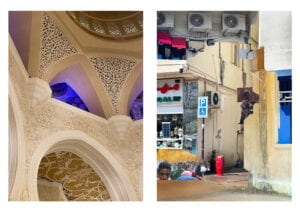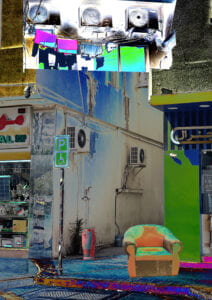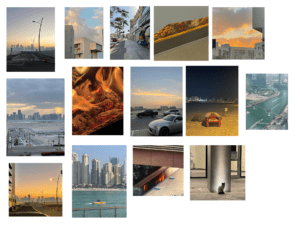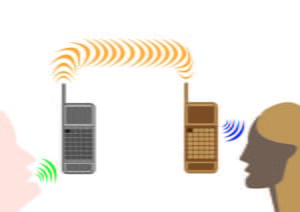Steyerl talks about how the “unbroken belief” of the documentary form is challenged. What does Steyerl mean by this? Certain movies and films are based on a true story. How does truth inform fiction? How might fiction inform the truth?
by discussing the extent to which one should rely on documentaries when composing the idea of the events they depict, Steyerl notes how documentary footage is essentially an embodiment of one’s expression, how it is able to provoke the “uncertainty” that might or might not lead one to the truth. by describing this form as an “unbroken belief”, he highlights the rawness of footage, alongside the fact that despite its authenticity, it eventually might be a belief, not truth. this means that notwithstanding the genuineness of documentation, it still conveys the impression of the reality, not the reality itself.
as for the movies and films that are based on a true story, in my opinion, despite the truth that the plot and/or characters might carry, it should be still regarded as an interpretation, an expression of the events, not the truth itself. i believe that any kind of film/movie still embodies the opinionated perspective of the director, along with the interpretation of characters (even if based on reality) by actors. hence, even regardless of all, they strive to illustrate truth, reality-based works are essentially “based” on the truth, not the truth itself. surely, it creates the “presence” of a viewer in those events, however, it is just a false presence that is achieved by mastery of acting and directing, depicting emotions. fiction makes it possible to portray numerous details and impressions that help the viewer to engage with the events on a personal level, which, essentially already gives the freedom of interpretation to anyone who is witnessing the documentary. therefore, at the same time fiction contributes to the depiction of truth, as well as is reinforced by the truth itself.
What is the significance of the authenticity and representation of the truth in the media that you consume on a daily basis? What is the role of a live broadcast?
in my opinion, the authenticity of the events i read/watch materials about is quite important. for me, it is very important to understand what was happening in reality as clearly as possible. i read the news every day, and relying on independent publishing companies is essential to compose my own perspective regarding what is described. besides, i love documentaries, especially those that incorporate various points of view on the topic described as it guides me through the experiences and expressions of different individuals, which, once again, allows me to make my own mind up, being aware of the variety of opinions.




